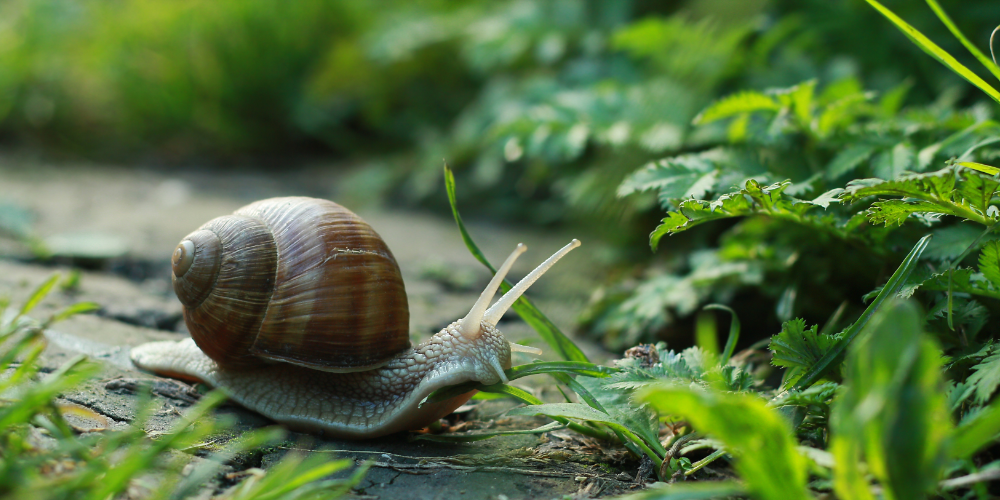Snails are an excellent species to keep in your live aquarium amongst the other inhabitants. They can filter out and cleanse pollutants and waste products in the freshwater system. With that said, some of the types of snails may do the opposite of that and can become a headache real soon. Hence it is vital to have some intermediate level of understanding on the characteristics of different types of snails. This will help you choose the most ideal ones for your freshwater aquarium.
Stay clear of these!
Before shedding light on the appropriate snail types, let us beware of the ones you need to avoid at all costs. The Bladder Snail has a very fertile breeding pattern so it will lay heaps of eggs in a short period of time. This will quickly overwhelm you with the effort needed to sustain them. Moreover, the nitrogenous waste products released due to frequent breeding can clog your filer systems very quickly.
Malaysian Trumpet and Pond Snails also have a high reproduction rate and can grow very quickly to occupy a bulk of your aquarium. On top of that, they may feed off of living aquarium plants instead of algae or unwanted dead species. Always keep these three names in your head when making your next purchase of freshwater snails.
Your ideal choices
The Nerite Snails are both appealing to look at and behave very peacefully, only going after algae, dead plants and remnants of other species. These come in many varieties including tiger striped, zebra striped or black racer category with brown, black, gold and red shells and stripped pattern. They will absolutely not reproduce in non-brackish water so overpopulation is never a concern.
Rabbit Snails are another good option since these breed very slow, around every 6 weeks. They come in different colors and their shells are conical. Their numbers can be controlled easily too by having one male-female pair only in the tank. Like the Nerite Snails, these will feed on algae and leftovers of fish food, though you may have to keep Java fern out of their reach.
Finally, the mystery snail or the apple snail, is a suitable last resort too. It comes in colorful varieties including green, blue, purple, golden and black. These round-shelled snails breed more frequently than the two aforementioned species. However, you can easily dispose of these eggs since they appear at the surface of water.
All of these three species have similar maintenance conditions like around 80 Fahrenheit temperature, 10 gallons of water and slightly alkaline pH at 8. In terms of nutrients, the algae and fish waste will prove sufficient for their diet, ultimately cleansing your freshwater aquarium.
The Final Word
Snails are light-weight and easy to manage sea creatures that will prove beneficial for hygiene and cleanliness purposes of your aquarium. By managing the conditions needed for the right types of snails and keeping a tab on their breeding pattern, you will be able to create a live and fully breathing habitat in your home.




